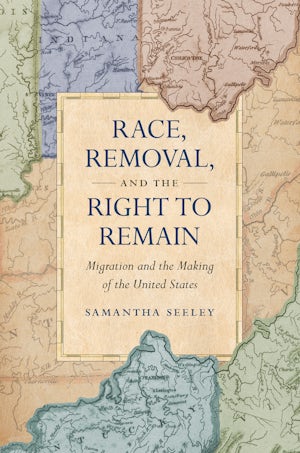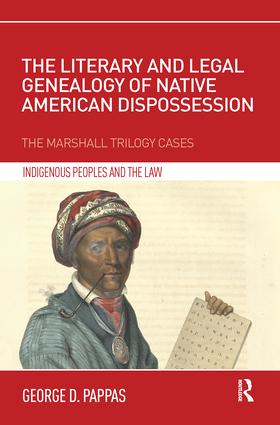The Harvard Law Review has published "The Constitution of American Colonialism," by Maggie Blackhawk (New York University). The article appears as the Foreword to the law review's annual Supreme Court Issue. Here is an excerpt from the introduction to the piece:
The United States holds hundreds of governments in subordination. Not historically. Today. It dominates these governments and their peoples, exploits their resources, prohibits political independence, withholds representation, and imposes its own laws, values, and norms upon these governments without consent. Mere decades ago, the United States forcefully sterilized citizens of these nations
3 and removed a quarter or more of Native children from their families.
4 At the same time, the Supreme Court stripped these governments of the ability to police crimes in their own communities,
5 unleashing widespread sexual violence and leaving more than one in three Native women vulnerable to rape.
6 Just over a hundred years ago, the United States invaded these nations and held them under decades of martial law before unilaterally appointing civil governments.
7 It ran detention camps on the lands of these governments
8 and forced their children into boarding schools that promised to “[k]ill the Indian in [them], and save the man.”
9 Federal agents beat Native children in such schools for speaking Native languages,
10 held them in unsanitary conditions,
11 and forced them into manual and dangerous forms of labor.
12 Thousands died.
13 Federal law also criminalized political and spiritual practices
14 and outlawed traditional marriage and family structures.
15 In the last two hundred years, the United States has engaged in campaigns of mass execution
16 and slaughter against citizens of these governments to a level that many have called genocide.
17 But we do not consider these problems to be problems of constitutionalism. We do not invoke this history when considering questions of good governance, citizenship, representation, the ideal design of our governing institutions, or the best distribution of power across the national government and within “our federalism.” Constitutional scholars rarely discuss the problem of American colonialism at all. We lack the very language to confront these problems in a constitutional register. Our common parlance of rights, equality, and integration fails us. Our antisubordination discourse runs out. The limits of our constitutional language are seemingly the limits of our world.
18 Instead, we call the component parts of American colonialism sui generis.
19 We banish each to its silo. The United States did not engage in a structured and mass campaign to remove, detain, assimilate, and destroy these governments and their peoples in the name of “civilization.” Rather, we have federal Indian law;
20 the law of the territories;
21 foreign relations law;
22 treaty law;
23 the war powers;
24 and the laws of naturalization, immigration, and citizenship.
25 We have the puzzle of Puerto Rico,
26 the fascinating but marginalized question of Native nations,
27 and the forgotten history and ongoing struggles of the state of Hawai‘i.
28 All of these puzzles are seen as so illogical and alien as to withstand theorization, defy understanding, and refuse any common logic. Rather than engage with questions born of American colonialism, we have instead declared these puzzles as beyond our constitutional theory and left them to the “plenary power” of the political branches to solve.
29 Yet, these colonized nations and peoples have lived on and continue to shape the government, the Constitution, and the empire we live with today.
Read on here. The journal has also published a response by Jennifer M. Chacón (Stanford Law School).
-- Karen Tani







